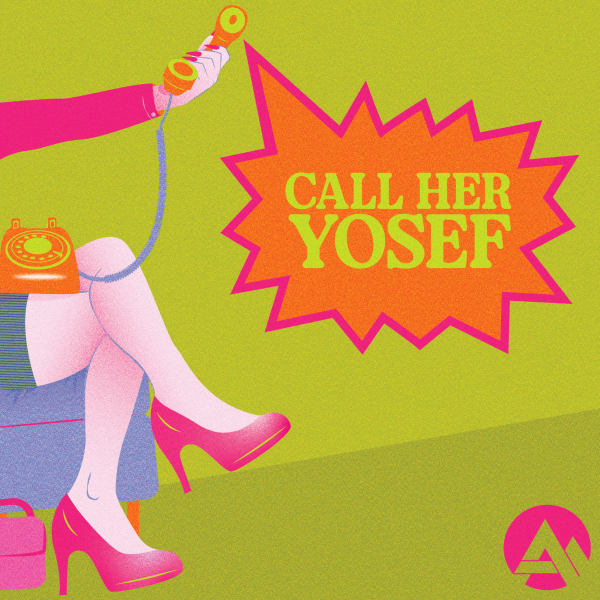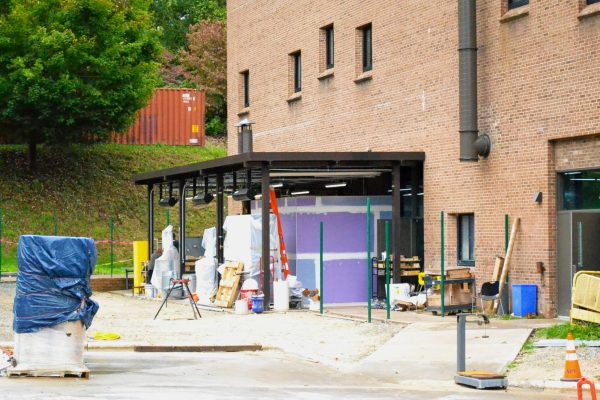The Tea: Reminders of a past we cannot escape
November 22, 2019
Every week as a child, my mother drove my sister and I from our house outside Chapel Hill to our friend’s house south of Pittsboro. The pleasant drive through the North Carolina countryside included passing through quaint downtown Pittsboro, with its unique shops, the imposing Chatham County courthouse and, in the town’s center, a marble pedestal with a bronze figure on top with the words “Our Confederate Heroes” engraved on the front.
The statue is a place of honor for an unnamed Confederate soldier and an unmistakable reminder to every Southerner of our shameful history.
On Nov. 13, a judge ruled the statue, unveiled in 1907, could be removed. The Saturday after, protesters and counter-protesters clashed around the statue, resulting in several arrests. Over Tuesday night into Wednesday morning, the statue was removed and transported to a safe storing place. This, of course, comes after protests of Silent Sam, the Confederate statue on UNC-Chapel Hill’s campus.
Removing Confederate monuments is decried by many as removing history, a reasonable reaction until one realizes history books and museums exist.
As historian Jon Meacham argues, the history of the United States is constantly reckoning between quoting our founding principles and actually living up to them. We have never lived up to our founding principles, but we progress closer with every break though.
However, every period of social upheaval is met with racist and sexist backlash. Confederate monuments are symbols of that backlash. The overwhelming majority were built during two periods of social upheaval and backlash: the early 20th century and during the 1950s and 60s.
The early 1900s saw women’s suffrage and W.E.B. Du Bois’ Niagara Movement, which led to the NAACP’s founding. In response, D.W. Griffith produced “Birth of a Nation,” a movie which heavily influenced the rebirth of the Ku Klux Klan and further emboldened terrorism against blacks in the South.
Fourteen-year-old Emmett Till was lynched in 1955, one year after the Supreme Court ordered schools’ integration. His memorial in Mississippi needs a bulletproof casing. Enough said.
Coinciding with all of this, monuments to the Confederacy’s racist “Lost Cause” appeared throughout the South, including in Pittsboro and Chapel Hill.
As Americans and as Southerners, we cannot erase our painful shared history and pretend the country has moved past our racist roots, nor can we glorify it on pedestals. Confederate monuments have always been symbols of racism pretending to be symbols of heritage and pride.
An Elon University poll found that 65% of North Carolina citizens support Confederate monuments on public lands. Less than half of respondents believed the Civil War was caused by slavery. Monuments remind us that after more than 150 years, many Southerners still refuse to recognize our racist past.
Each monument should be treated as a historical artifact, a reminder of where the South has been, and the work still to be done. They should not be in a place of honor.












